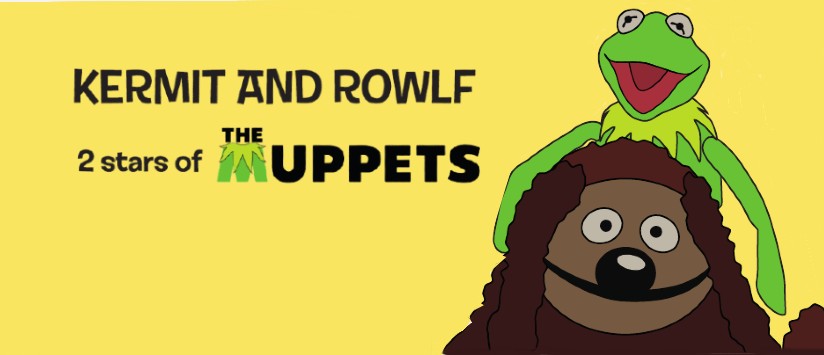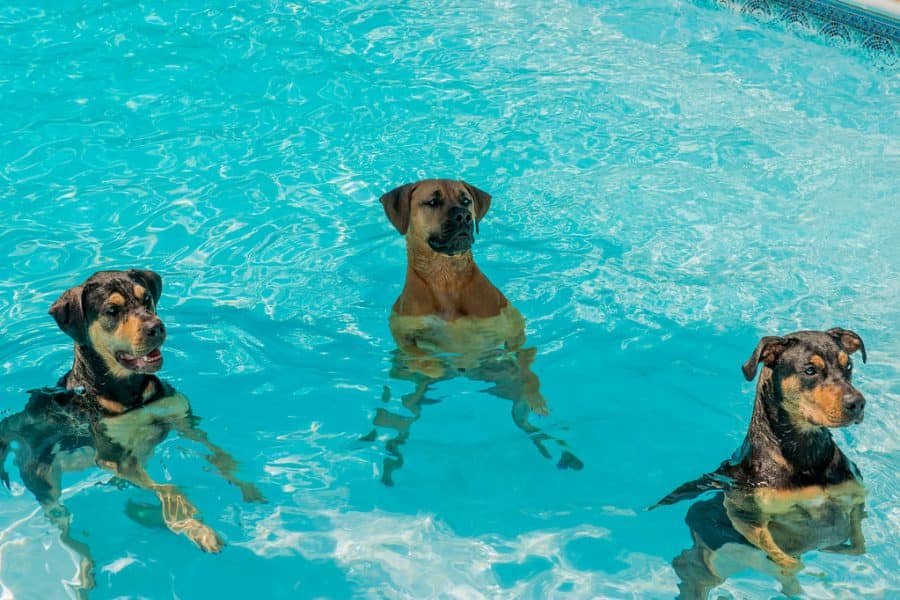Please note, do not attempt this if your dog has resource guarding tendencies or issues. Seek the guidance of a professional first!
1. What are you expecting to happen when you ask a cue of your dog?
One of the first things I ask clients, especially guardians of older dogs, is to make a list of what cues they use with their dog and what behaviour they are expecting to happen after asking this cue. The reason I do this is because as time goes on, we change the rules on them without realising it, and this confusion can mean that the cues start to fail. For example, often in puppy classes or beginner training, you will learn a “leave it” cue which means to turn away from an object in front of them. We end up using this cue for absolutely everything and expecting lots of different behaviours after saying it; stop jumping up at someone, don’t think about going upstairs, and often dropping an item from their mouth, to name but a few. However, these were not the behavioural association we built when training “leave it”!
- ‘Leave it’ means to not engage with an item
- ‘Drop’ means to open their mouth, thus releasing anything that is in it
I bring this up to start with because if you aren’t completely consistent in what you are asking and then expecting from your dog, how can they get it right? How can we reward when they do the right thing if this keeps changing?
2. You will need a long tuggable toy, and a pocketful of treats
- Start by engaging your dog with a lively game of tug. Really make it as fun as you can! After they have been tugging the toy for a few seconds, go still and quiet while still holding on to the other end of the toy.
- With a treat laying flat in your other hand, move the treat to the side of your dog’s face into their peripheral vision.
- The moment he opens his mouth to let go of the tug toy, mark with your verbal marker of “yes” and let him have the treat.
- Wait a few seconds or so before beginning this game again, always ensuring you give him access to the toy again after each repetition.
- After a few successful repetitions of this, then have the treat in a closed fist when you put your hand near his head instead of in an open palm, so that it is no longer in sight to the dog. Be ready to mark and reward with the treat when he lets go of the toy.
- You can now start adding in your verbal cue of “drop”! Say this once just before you stretch out your arm towards your dog’s head.
We are using the hand moving towards the dog as a cue to let something go for a variety of reasons. We don’t want our dogs to become hand shy, especially if they are puppies. Puppies get extremely used to their guardians always grabbing something from them to take it away, because usually they have something in their mouths that they shouldn’t have! By making the sight of your hand reaching towards them as a positive cue to get something tasty from you, we can help prevent them wanting to keep things from you.
3. Problem solving
Here are some things to think about and change if you and your pup are having some issues with the above training steps or with the finished cue:
- The toy or the treat you are offering is more enticing than the other! If your dog doesn’t want to let go of the toy for the treat, then up the value of the treat you have! The smellier and softer the treat, the better.
- If they won’t interact with the toy once they have seen that treats are on offer, then try using a second toy as the reward instead of food altogether! Pick a toy that is similar to the one you are currently using so it becomes more of a trade.
- Once they know the cue well and you are using it in your daily life with your dog, we can ‘poison’ it by only asking for a ‘drop’ when we want to take something away from them. Make sure you are still boosting the positive association with the cue by asking them to drop an item, then after rewarding, immediately giving it back.
- The same goes for when you use this cue when you are annoyed! If they have picked up something you didn’t want them to and you are frustrated, make sure you still reward them when they follow your cue! When we start to see this cue more as a punishment, we stop rewarding it when they follow through. I can guarantee that if this happens continuously, the next time you ask them to drop something, it won’t be worth their while and they will hold on to it tighter.
If you want to book any sessions with me, either virtually or in-person, you can find me at www.boneballbark.com/wufwuf and at @boneballbark. Remember that I am offering subscribers to WufWuf a discount on packages!
My name is Jennifer Billot, MSc CPDT-KA, and I am the owner and founder of Bone Ball Bark, a force-free dog training company in London.I have an almost 2 year old, high energy, working line Labrador who is a big fan of WufWuf boxes!



Leave a Comment